Discover 11 hidden attractions, cool sights, and unusual things to do in Aosta (Italy). Don't miss out on these must-see attractions: Refuge Arbolle, Aosta Cathedral, and Collegiate church of Saint Ursus. Also, be sure to include Arch of Augustus in your itinerary.
Below, you can find the list of the most amazing places you should visit in Aosta (Aosta Valley).
Table of Contents
Refuge Arbolle
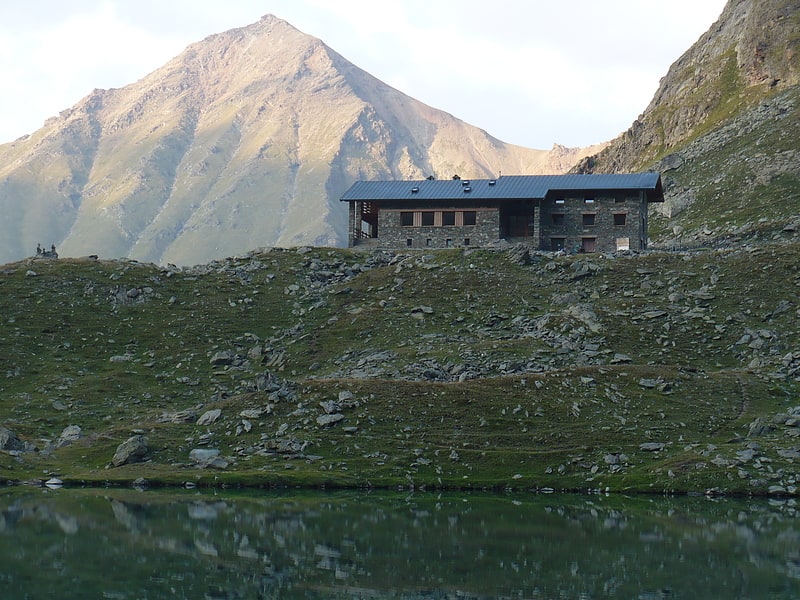
Also known as: Rifugio Arbolle
Mountain cabin in Italy. Refuge Arbolle is a refuge in the Alps in Aosta Valley, Italy.[1]
Aosta Cathedral

Also known as: Cattedrale di Aosta
Prominent landmark with frescoes and crypt. Aosta Cathedral is a Roman Catholic cathedral in Aosta, in north-west Italy, built in the 4th century. It is the episcopal seat of the Diocese of Aosta.
In the 11th century the Palaeo-Christian structure was replaced by a new one, dedicated to the Assumption of the Virgin Mary and Saint John the Baptist. The architecture of the cathedral was modified during the 15th and 16th century.
The present façade, in Neoclassical style, was built between 1846 and 1848. The structures remaining from the Romanesque period are two clock-towers and the crypt, and also the remaining part of an Ottonian fresco cycle on the church ceiling.[2]
Address: Piazza Giovanni XXIII, 11100 Aosta
Collegiate church of Saint Ursus
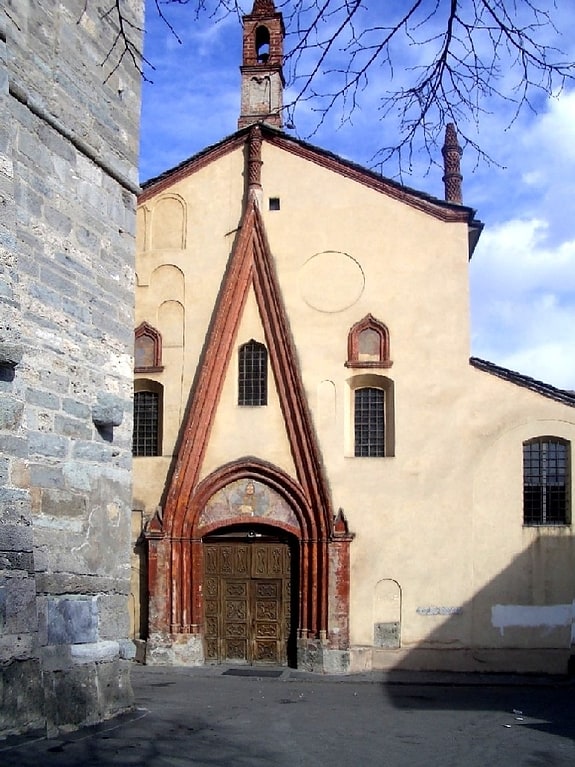
Also known as: Collegiata di Sant'Orso
Catholic church in Aosta, Italy. The Collegiate church of Saint Ursus is a collegiate church in Aosta, northern Italy, dedicated to Saint Ursus of Aosta.
The original church had a single hall, delimited by a semicircular apse. It was entirely rebuilt during the 9th century, during the Carolingian age. Later, bishop Anselm of Aosta further renovated the church, introducing a basilica plan with three naves with wooden trusses. These were replaced by Gothic cross vaults in the 15th century.[3]
Address: Piazzetta Sant'Orso, 11100 Aosta
Arch of Augustus
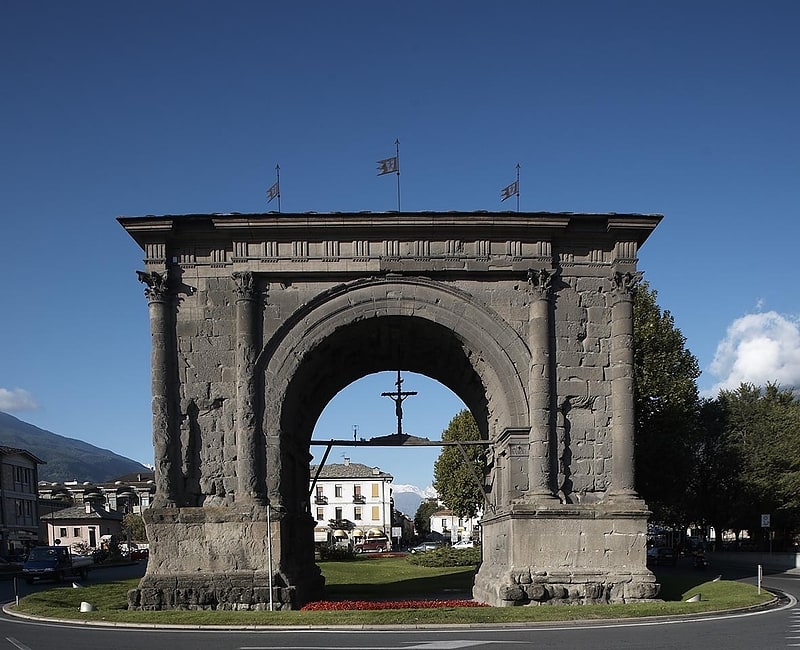
Also known as: Arco di Augusto
The Arch of Augustus is a monument in the city of Aosta, northern Italy.
It was erected in 25 BC on the occasion of the Roman victory over the Salassi and was the work of Aulus Terentius Varro Murena.
It is located at the end of the decumanus maximus, a little distance from the Bourg Saint-Ours and from the eastern entrance of the city wall.[4]
Address: Piazza Arco D'Augusto, 11100 Aosta
Piazza Émile Chanoux
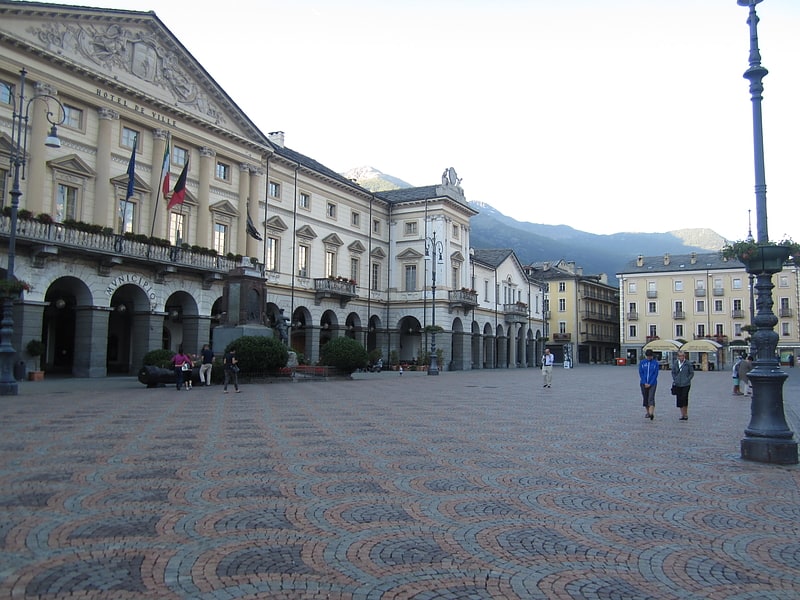
City or town hall in Aosta, Italy. Piazza Émile Chanoux is a city square in Aosta, Italy.[5]
Pont de Pierre

Also known as: Ponte di pietra di Aosta
Segmental arch bridge. The Pont de Pierre, meaning "Stone Bridge", is a Roman bridge in the Italian city of Aosta in the Aosta Valley. The bridge crossed the Buthier about 600 m from the eastern exit of the Roman colony Augusta Praetoria; in later times the torrente changed its course, leaving the ancient bridge today without water.
The single-arch bridge has a span of 17.1 m (56 ft) and a width of 5.9 m (19 ft). The arch vault consists of large voussoirs and shows a comparatively flat profile (span to rise ratio 3:1). The facing was built of pudding stone, the spandrels filled with Roman concrete.
The structure is dated to the second half of the reign of Augustus (30 BC–14 AD), who had earlier founded the military colony Augusta Praetoria at an important road junction (24 BC). The Pont de Pierre was of particularly strategic importance, since in Aosta the transalpine routes to Gaul branched off into the Little St Bernard and the Great St Bernard Pass. In southeasterly direction towards the Po Valley, the road led over another segmental arch bridge, the excellently preserved Pont-Saint-Martin Bridge, located at the exit of the Aosta valley.[6]
Roman Theatre

Also known as: Teatro romano di Aosta
Theatre in Aosta, Italy. The Roman Theatre is an ancient building in Aosta, north-western Italy.
It was built in the late reign of Augustus, some decades after the foundation of the city (25 BC), as testified by the presence of pre-existing structures in the area. There was also an amphitheatre, built during the reign of Claudius, located nearby.
It was restored in 2009. Since 2011, the theatre is used for music shows and theatrical performs.[7]
Address: Via Porta Pretoria, 11100 Aosta
Museo Archeologico Regionale
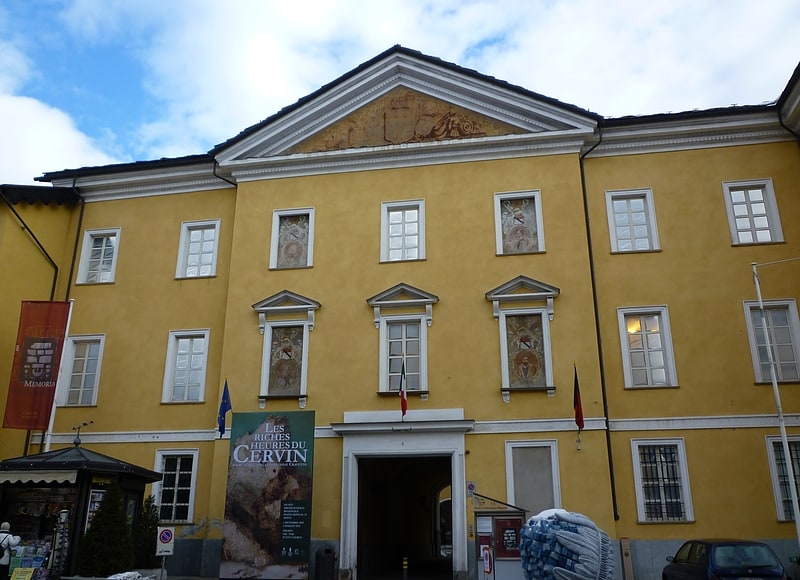
Specialty museum, Museum
Address: Piazza Pietro Leonardo Roncas 12, 11100 Aosta
Charvensod
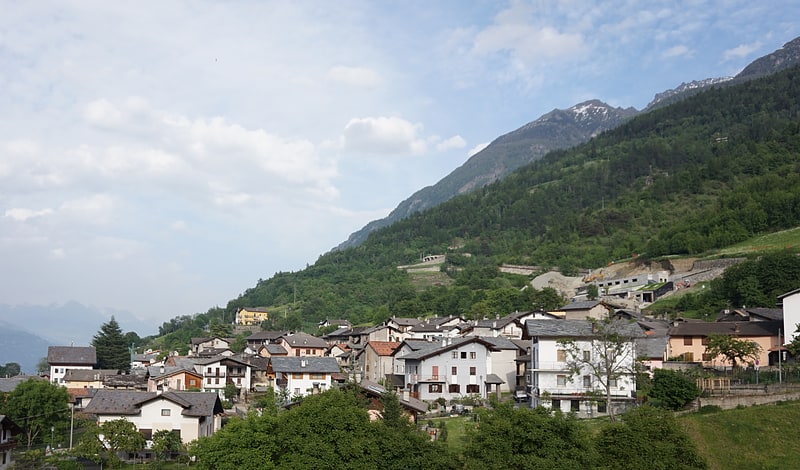
Town in Italy. Charvensod is a town and comune in the Aosta Valley region of northwestern Italy.[8]
Rue Tour du Lepreux / Via Torre del Lebbroso
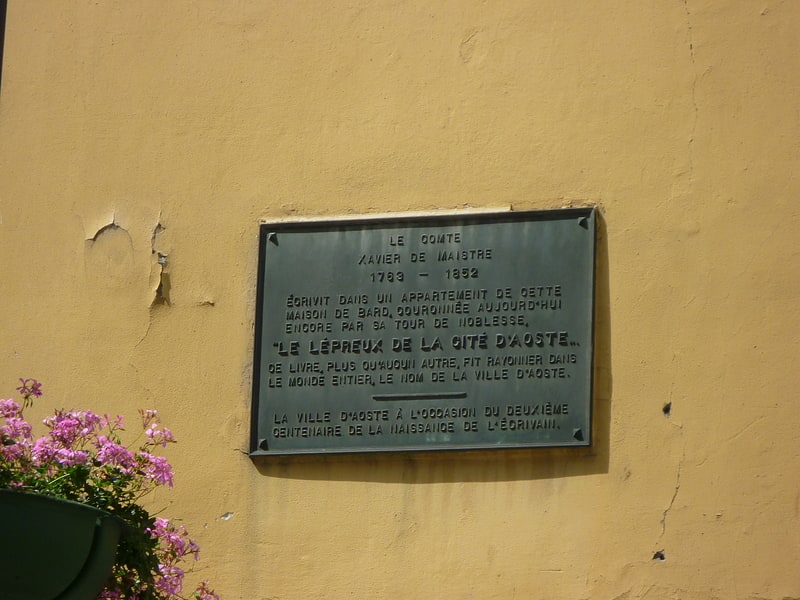
Architecture, Forts and castles
Address: Via Tour de Lepreux 2, 11100 Aosta
Bridge of Grand Arvou

Also known as: Ponte acquedotto di Grand Arvou
Arch bridge. The Bridge of Gran Arvou is an aqueduct-bridge in the frazione Porossan of Aosta, north-western Italy. It span the Rû Prévôt irrigation canal, and includes a large corridor covered by flagstones. Another aqueduct-bridge, the Petit Arvou, is located a few meters downstream.[9]